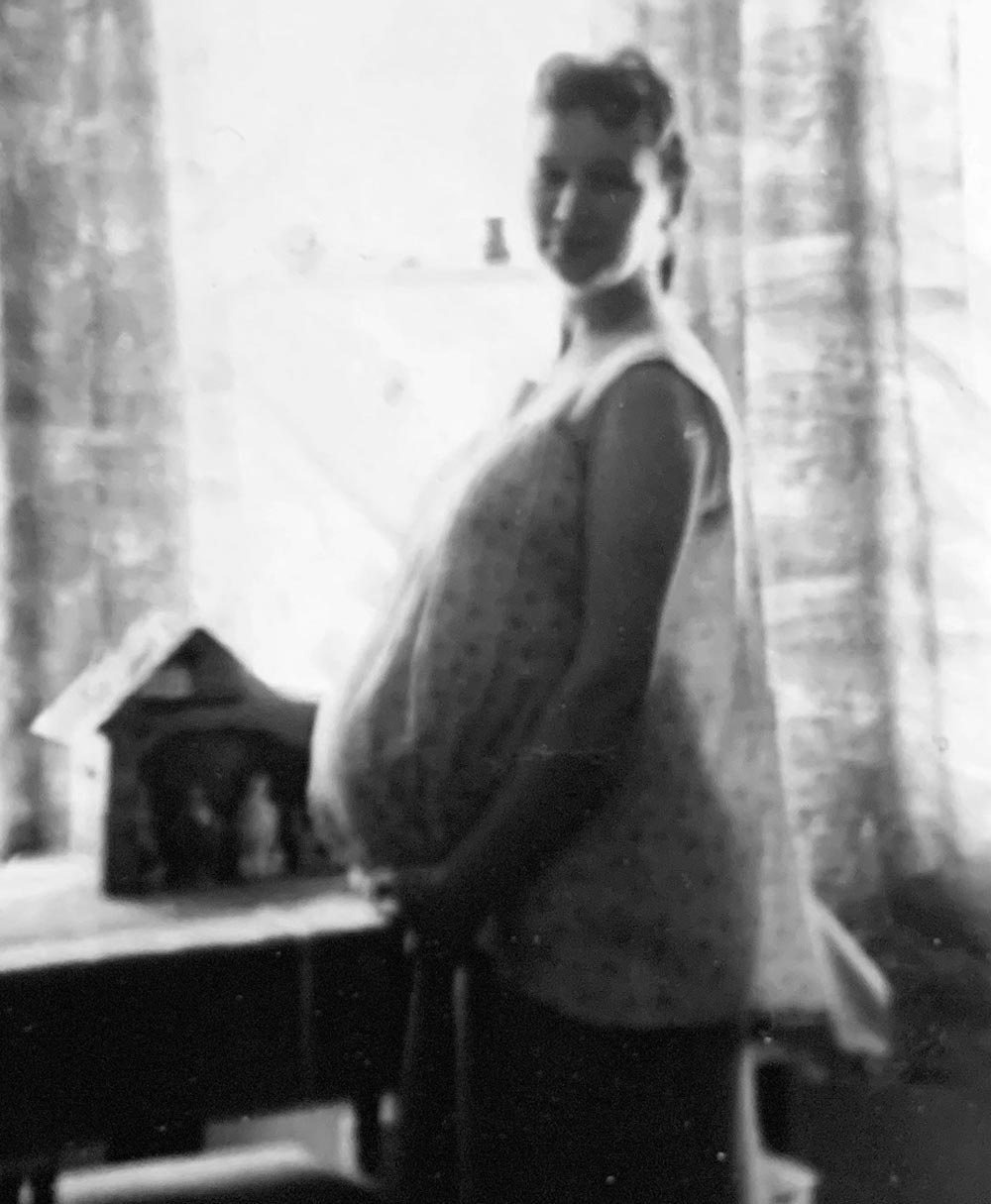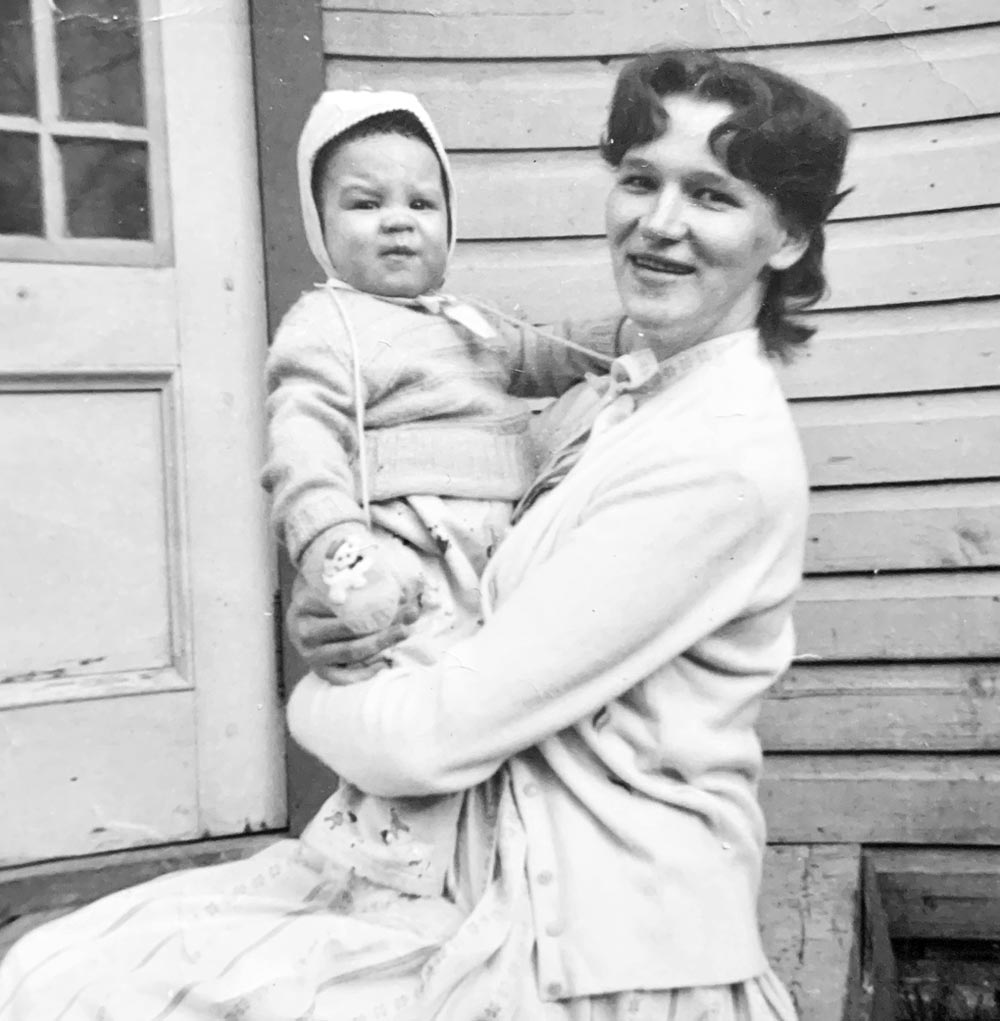Melissa Poirier
Stag Special
The birth of a baby is a life-altering experience for women — and families. It comes with the belief that a new mother will be happy, excited and will fall madly in love with their baby.
But, what happens when that belief does not hold true for a new mother?
Instead, the mother struggles to bond with her child, distances herself from her partner, experiences uncontrollable anxiety and/or feelings of guilt and worthlessness; maybe begins to wonder “Am I crazy; What is wrong with me?”
In Canada, studies have found that almost one quarter of new mothers experience postpartum depression (PPD), but what exactly is PPD? What are the implications? What causes it? How do we treat it?
The first few weeks after delivery can be described as an emotional roller-coaster where the new mother is experiencing significant hormonal changes, along with trying to adjusting to a life with a new baby.
The female body is working overtime to return to its pre-pregnant state, while the mom trying to figure out “How, in God’s green earth do I care for this new little being?” “They should really come with a manual!”
Baby Blues versus Postpartum Depression — there is a difference.
During the first week or two after birth, a new mom may experience baby blues, which is common. The mother is happy, but may experience emotional lability that may be the result of rapid hormonal changes that occur after delivery.
The mom could be happy one moment and rapidly shift to tearful, irritable, weepy, anxious and/or have appetite and sleep issues. No medical interventions are required, just ongoing support and reassurance.
In contrast, postpartum depression (PPD) is a form of depression that occurs within the first four weeks after delivery. It impacts the bond building between the mother and child and can impact parenting abilities, which directly impacts child development.
As result, it is quite important to diagnose and treat PPD, as soon as possible, to prevent further complications. So, what does postpartum depression look like for women?
• Depressed mood — sad, tearful, numb. The mother may voice feelings of inadequacy regarding her ability to be a mom; voice concerns over being a bad mother.
• Anxiety — the mother may express anxiety around the baby’s health and/or question her ability to care for her new baby. It is possible, in PPD, to only have anxiety and no other depressive symptoms.
• Anhedonia — lack of interest in activities previously enjoyed.
• Weight change — significant weight gain or loss.
• Sleep disturbances
• Fatigue
• Psychomotor retardation or agitation — feeling sluggish, slowed down OR feeling restless, jumpy.
• Excessive feelings of guilt or worthlessness
• Difficulty with concentration – slowed thinking, difficulty focusing on a task.
• Thoughts of death or suicide
Some of these symptoms can be difficult to identify because of the normal challenges that women and men face with having a new baby in the home, i.e. sleep difficulties, fatigue or general worry about being a new parent and ensuring the child is safe and cared for.
But, being open and honest with yourself and the family, along with your medical team can lead to early detection of PPD.
Unfortunately, there is no specific cause for PPD in women; however, there are factors that may predispose women to this issue, such as: decreased self-esteem; prenatal depression; child care stress; prenatal anxiety; lack of support; relationship issues; history of depression; infant temperament; low socioeconomic status; and unplanned/unwanted pregnancy.
Interestingly, there is limited research on PPD in active military members, especially in Canada. Studies completed in the United States have suggested that active duty members may experience higher rates of PPD than their civilian counterparts.
It is unclear why this may be: however, some possible reasons may include working longer into pregnancy, fear of career implications if difficulties are disclosed, and partner deployments.
Those of you reading this article may be now questioning if postpartum depression is treatable, and the answer is yes. Women should attend their post-delivery check-ups with their physician.
As with any mental health concern, early detection is ideal. I cannot stress this enough — disclosing some of the above symptoms is difficult, and in the moment, will possibly add to the feelings of inadequacy or of feeling like a bad mother: however, these discussions can put a person on the road to recovery.
It can give women the opportunity to experience the joy and happiness that comes with having a child, along with strengthening the mother-child bond that is so important to development.
Treatment for PPD is decided between the mother and doctor and may include a combination of medication, psychotherapy and support groups.
For military personnel reading this article: if you are concerned you or a loved one may be experiencing postpartum depression, visit your Care Delivery Unit (CDU), or your local hospital. There are many resources to help treat and manage PPD; however, the most difficult part will be to speak up and say, “Something is wrong, I need help.”
It was called the “Baby Blues” when Avr Doreen Sampson had her first of five children, her son born in 1959. At the time, the RCAF had a pollicy in place that a woman in the military who was pregnant or wanted to be married, their military career ended. For Avr Sampson she was prescribed medication to alleviate her “Baby Blues,” with no mental health strategies in place at the time in the RCAF. It was not until 1972 that the CAF became liberated when it came to serving women. Under current policy that year, a married woman with or without children “may apply for enrolment in the Canadian Forces.” Women in the military who become pregnant “are not prohibited from continuing to serve and may apply for LWOP.”



